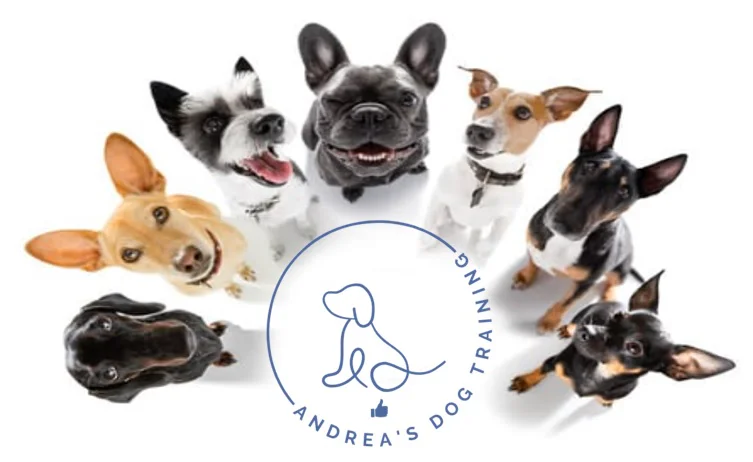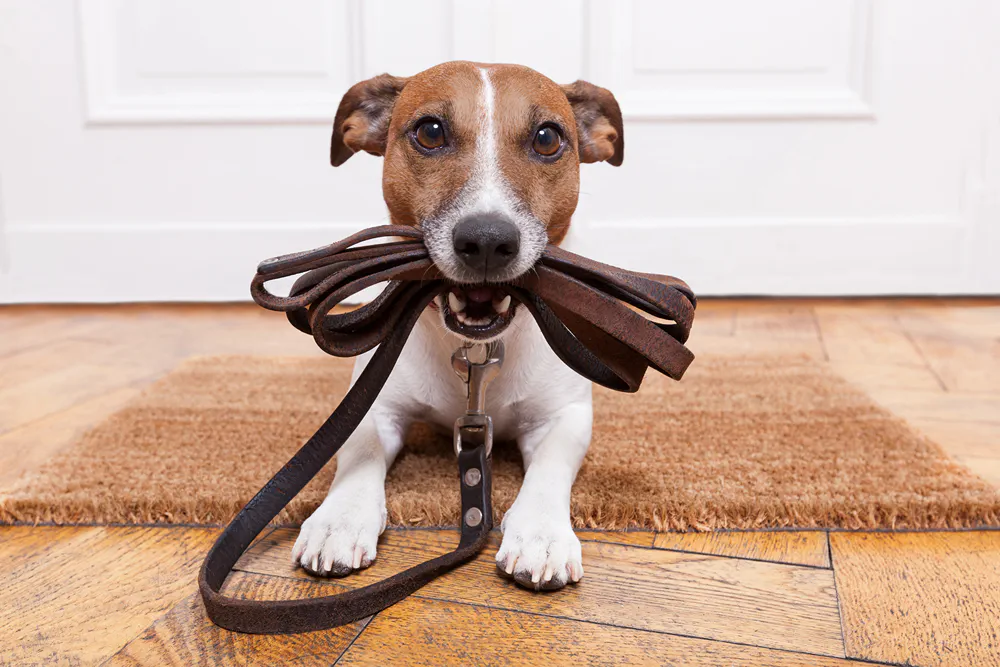Training a dog can be challenging but also an incredibly rewarding experience when done the right way. In the busy city of New York and its immediate neighbourhoods, where dogs encounter various distractions in busy streets, crowded parks, it’s essential to use a training method that nurtures good behavior and builds trust. That’s where positive reinforcement dog training comes in. This scientifically-backed approach not only teaches dogs to behave better but also builds a deep bond between dogs and their owners. Most dog owners are looking for a dog trainer who provides this approach.
My intention is to show you in this post what the benefits of positive reinforcement training and highlight them in a way that you will want your dog trainer to use this dog training method. In this blog post, we’ll explore what positive reinforcement training is, how it works, and the many benefits it offers for both dogs and their human companions.
What Is Positive Reinforcement Dog Training?
Positive reinforcement training is a method of teaching where desirable behavior is rewarded to encourage the dog to repeat it. Rewards can be treats, praise, toys, or anything the dog finds enjoyable and responds positively. Instead of punishing bad behavior, this technique focuses on reinforcing good behaviour. It is also more fun 😊.
For example, when a dog sits on command, they might get a treat or verbal praise like “Good boy!” The idea is that rewarded behavior is more likely to be repeated—the dog learns that good things happen when they behave a certain way. This way you are able to train your dog easier and feel good about it.
How Positive Reinforcement Works
The effectiveness of this method is based on how it associates specific behaviors with positive outcomes. Here’s a breakdown of how it works:

- Mark the Behavior: When the dog performs the desired action (e.g., sitting), the owner immediately acknowledges it. Some dog trainers use a clicker to mark the exact moment the good behavior happens.
- Offer a Reward: After marking the behavior, the dog is rewarded with a treat, praise, or a favorite toy. This reinforces the action and motivates the dog to repeat it.
- Consistency is Key: The more consistent the reward, the faster the dog learns to associate good behavior with positive outcomes.
- Gradually Fade Rewards: As the behavior becomes more ingrained, rewards can gradually be phased out, relying more on praise or affection to maintain the behavior.
Why Positive Reinforcement Dog Training is Beneficial
1. Creates a Strong Bond Between Dog and Owner
Using positive reinforcement encourages mutual trust. Your dog learns that you’re a source of good things, which helps strengthen the bond between you both. Over time, your pet will want to please you, knowing rewards and affection follow good behavior.
2. Reduces Anxiety and Fear
Unlike punishment-based methods, positive reinforcement does not involve intimidation or fear. This is particularly important in an urban setting like New York City, where dogs are often exposed to noisy and overwhelming environments. Positive training helps them feel safe, reducing the likelihood of fear-based behaviors like aggression or anxiety.
3. Encourages Willing Participation
When dogs are trained through positive reinforcement, they are more likely to enjoy the training process. They learn that following commands isn’t just about avoiding punishment—it’s about earning something they love. This makes training sessions more fun and productive for both dog and owner.
4. Increases the Dog’s Confidence
By consistently rewarding small wins, positive reinforcement training helps dogs build confidence. A confident dog is more comfortable trying new things, learning new tricks, and navigating unfamiliar environments like busy streets or crowded parks.
5. Builds Long-Lasting Behavior Changes
Because this method teaches dogs what to do, rather than just what not to do, it promotes lasting behavioral changes. Dogs trained using positive reinforcement learn to make good decisions on their own, even when their owners aren’t around.
6. Great for Dogs of All Ages and Breeds
Whether you’re raising a puppy or working with an older rescue dog, positive reinforcement is adaptable to any age or breed. It’s also effective for teaching everything from basic obedience to more complex tasks like agility training.
Practical Examples of Positive Reinforcement Training
In New York City, dogs are often exposed to distractions like skateboards, cyclists, and noisy traffic. Positive reinforcement training can help dogs stay calm and focused in these high-stimulation environments.
For example:
- Leash Training: If a dog walks calmly beside its owner on the sidewalk, it gets a treat every few steps. Over time, the dog learns that staying close to its owner leads to good things.
- Meeting New People or Dogs: Rewarding a dog for polite greetings teaches them to stay friendly and calm in social settings, which is crucial in a crowded city.
- Curbing Barking: When a dog stops barking on command, offering praise or a reward reinforces quiet behavior in noisy environments.
Positive reinforcement dog training offers numerous benefits for both dogs and their owners. It creates a foundation of trust, respect, and mutual understanding that makes life with a pet enjoyable and stress-free. Whether you’re working with a new puppy or retraining an older dog, this humane and effective method ensures your dog learns with enthusiasm and love.
If you’re ready to experience the transformative power of positive reinforcement training, connect with a professional dog trainer in New York City today. Together, you and your furry friend can build better habits that last a lifetime.
Please reach out to me if you would like a 15 minute Free Consultation.








